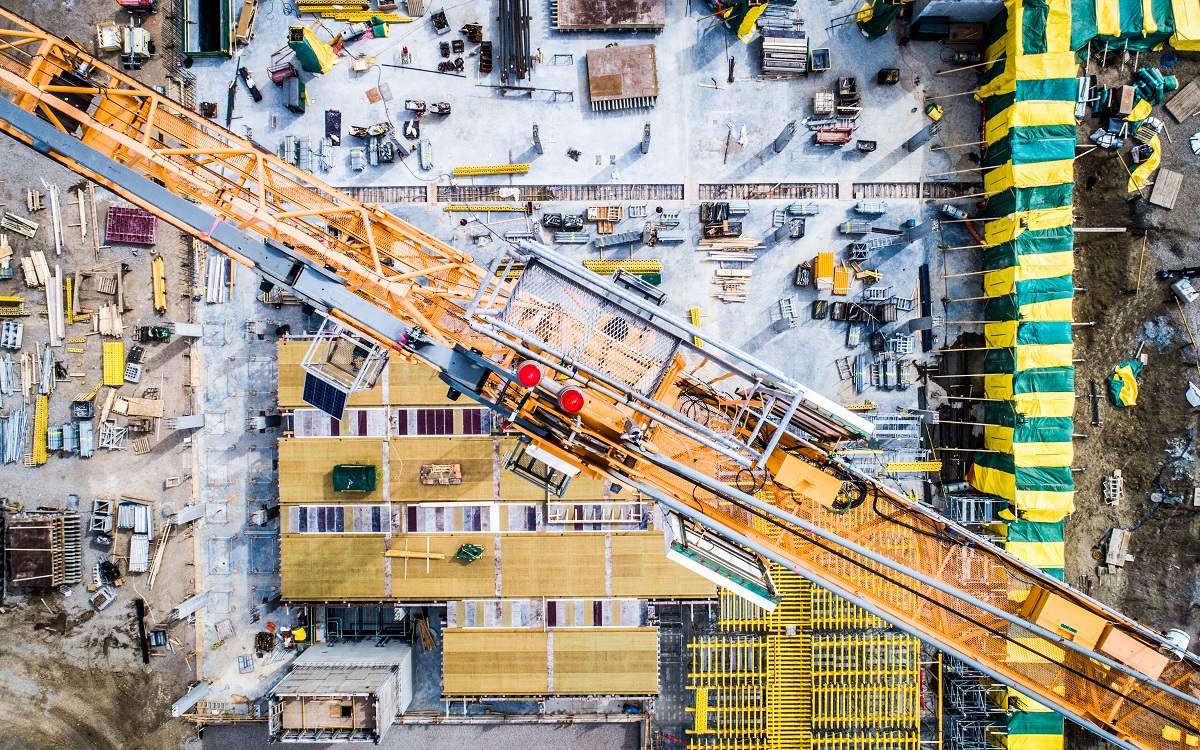Contrary to desk jobs, construction site work requires a lot of physical work. But, just like desk jobs, site jobs rely heavily on machines. Aside from the usual hand-held tools, large construction sites also make use of heavy machinery.
In order to complete construction projects efficiently, you must have well-maintained construction equipment and heavy machinery. However, maintaining construction equipment isn’t as easy as mass-updating software and operating systems in office computers. You have to identify each machine’s problem and determine whether it requires repair, restoration, or a total replacement.
Here are quick notes for your assessment:
1. Repairs
You may have noticed one part of your equipment malfunctioning and slowing down your entire construction process. If the heavy machinery in your site has minor problems, it is your best bet to have them repaired. Repairs are less costly and are almost always the fastest solution.
Examples of heavy machinery—or more specifically, parts of heavy machinery—that need repair include a really run-down seat in a tower crane’s operator cabin or a couple of flat tires in your wheeled loaders. When a machine gets repaired, only its damaged parts are replaced.
Note that although repairs are fast, you may still encounter a bit of downtime if no other equipment is available to take on the role of your equipment under repair. However, repairs are also the best option if your budget can’t (but your schedule can) afford so much.
2. Restore
A piece of equipment may be used a tad more than the others. If the wear-and-tear is causing your construction equipment to malfunction and slow down the work, it may be time for heavy machinery restoration.
Examples of equipment you can have restored are bulldozers whose front area got damaged from repeatedly hitting rocky soil, or pile driving rigs, which got rusty from installing in water. On another note, you may also opt to restore (or repair, whichever is necessary) equipment that you plan to sell. Secondhand equipment in good working condition can be sold to fund total replacements for other heavy machinery in your site.
3. Replace
Machines may be beyond repair and restoration due to different reasons. Some reasons include huge site fires, submersion in floodwaters, or simply significant damage from continuous use.
Should you choose to replace heavy machinery, you can buy new equipment for top performance and low maintenance costs, or—as mentioned above—opt for secondhand equipment in good working condition.
While saving up may be the ideal when it comes to replacement, remember to run through a comprehensive list of pros and cons.
Don’t Forget These Other Factors

While we’ve got the basics covered, what you will eventually choose to do with your machinery will require you to ask (and answer!) questions such as:
- Does the company have enough budget for this?
- Is this equipment covered by insurance?
- Will a repair/restoration/replacement guarantee increased efficiency?
- Should we choose to repair/restore/replace, can we still meet our target deadlines?
- Will these changes guarantee workplace safety?
So, have you figured out which one your equipment needs?
